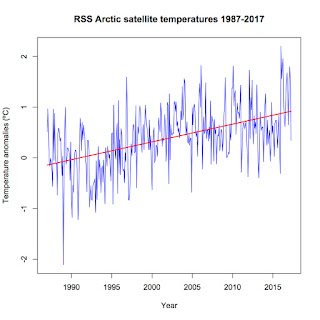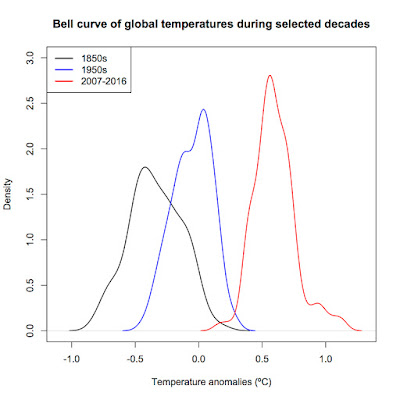New blog home!
As you already know, I use R and RStudio for all of my data analyses. While Blogger is perfectly adequate for most needs, I've personally found it to be cumbersome when trying to publish anything with graphs from R. I've always had to export graphs from RStudio and then reimport them to this blog. And don't get me started on formatting R code for publication. I cringe when I see how my code was mangled by Blogger. Accordingly, I'm moving my blog to Quarto Pub . Quarto is a newly released version of RMarkdown, both were originally created for R and RStudio. Quarto allows me to merge R code and output with text to create blogs, reports, presentations, and even entire websites, all from RStudio on my laptop. Anyone can now access my code, reproduce my results, and improve upon my analysis, right from my blog post. No need for separate posts or blog sections on code. Hope to see all of you over at my new site (URL: https://jrmilks.quarto.pub/seeing-the-environmental-f...





